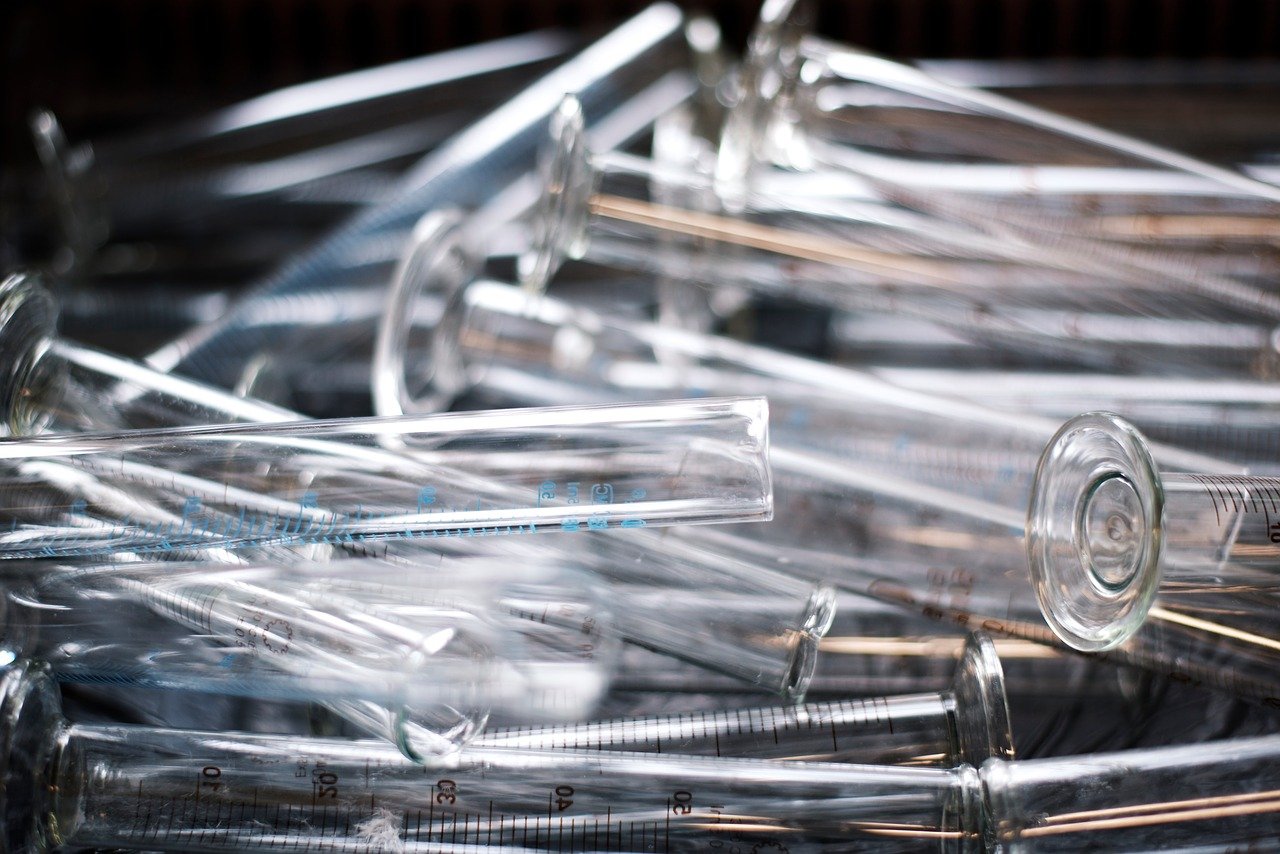Sterilization is critical to many products. It ensures that they are safe, consumable, and healthy. The FDA regulates four forms of sterilization for medical and pharmaceutical items. Dry heat is one of them.
Dry heat sterilizers offer numerous benefits. They’re safe, cost-effective, eco-friendly, and easy to install and use. Plus, they provide predictable results and are adaptable to different sterilization requirements. These benefits are why more and more companies are choosing dry heat sterilizers, like Despatch’s LCC/LCD Benchtop Lab Oven, over autoclaves.
Dry heat sterilization is ideal for applications in the pharmaceutical, medical, biotechnology, medical device manufacturing industries as well as research-oriented laboratories attached to medical care organizations.
Dry heat sterilizers require no human attendance or intervention during operation. Users just set the oven and leave it to complete the sterilization cycle.
Advantages of Dry Heat Sterilization
Dry heat sterilization is a proven technology. It’s among the oldest sterilization methods out there. It provides a combination of advantages other sterilization methods don’t provide. These advantages include:
- The cost of operation and heating cycles are generally low.
- The heat can go deeply into thick objects, achieving an in-depth sterilization effect. Even items inside packaging can be sterilized this way.
- Metallic objects that can handle heat well can be sterilized quickly at high temperatures.
- Dry heat is non-corrosive for metallic materials as it contains too little moisture.
- The process involves no toxic agents. There are no harmful substances that will remain in the environment.
- The object can be taken out and used almost immediately, as it cools down quickly.
Dry heat sterilization is ideal for metals of all kinds, powders that can’t be compromised by moisture or chemical agents, anhydrous oils and fats, and glassware. Dry heat is also ideal for paper-wrapped items and medical instruments of intricate geometry, including syringes (metal and glass) and surgical tools.
Dry heat sterilizers kill microorganisms through prolonged exposure to materials (1.5-3.0 hours) at higher temperatures than moist heat sterilizers.
Static-Air vs. Forced-Air Sterilization
Two types of dry heat sterilizers exist—static air and forced air. Each has its advantages. Knowing them can help you select the right sterilizer:
- Static-air sterilizers work on the principle of gravity convention. Hot air generated by a heating coil at the chamber’s bottom heats the air inside the chamber. The air then rises to the chamber’s top and then drifts downward on whatever you are sterilizing.
Static air type sterilizers take longer to sterilize items because you need time to heat the chamber before beginning the process. It also takes longer to reach the desired temperature. Since the heat is not circulated as with forced-air ovens, the temperature is not consistent throughout the oven.
- Forced-air sterilizers work on the principle of conduction. These sterilizers work by heating the oven and using a fan to move the hot air around. This sterilization method prevents the hot air from rising to the oven’s top while keeping the cooler air at the bottom. The fan keeps the hot air in the chamber circulating at a consistent temperature throughout the oven.
The forced hot air is blown on the object to be sterilized. That passes energy through it and kills the microorganisms that exist on the item. This type of dry heat sterilization is often preferred because it delivers the heat load to the object you are sterilizing with better homogeneity. Forced air type sterilizers are generally considered more effective than static air hot air ovens.
The heat passed onto the object you are sterilizing causes the denaturation of proteins in bacterial spores, fungi, viruses, and many forms of biological agents.
Protein denaturation kills bacteria, viruses, and other microorganisms that can cause diseases in laboratories, research facilities, hospitals, and other health care environments.
Removing all moisture from the air inside the oven chamber is imperative, as this moisture can interfere with protein denaturation.
Dry Heat Sterilizer Considerations
Dry heat sterilizers—whether forced-air or static-air—are available with a batch processing design or a conveyor design for continuous processing. Critical factors to consider when buying a hot air oven regardless of type include:
- Heat up rates
- Soak times
- Cooldown times (by application)
- Temperature capabilities
- Production applications
- Processing requirements
- Interior construction
Options to consider include HEPA filtration, inert atmosphere, and Class A clean process capabilities, as well as chamber size and construction interior.
Despatch specialize in dry heat sterilizers, if you’re looking for a safe, proven, cost-effective way to sterilize items and still have any questions about any of our ovens, from oven design, sales to installation and maintenance services, please contact us.






